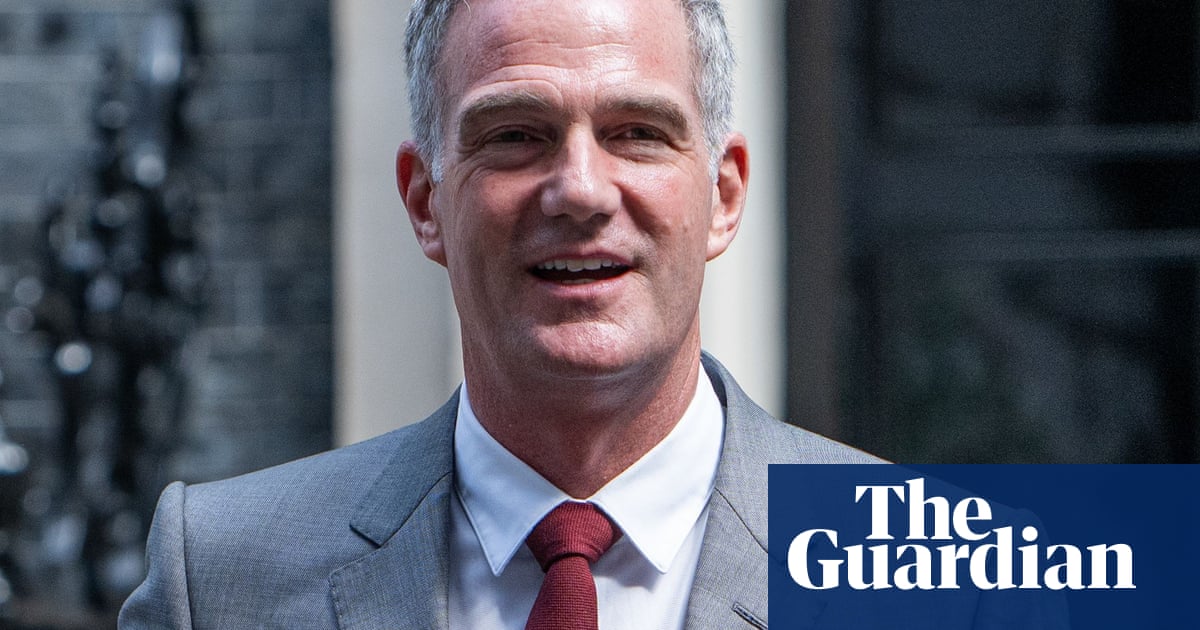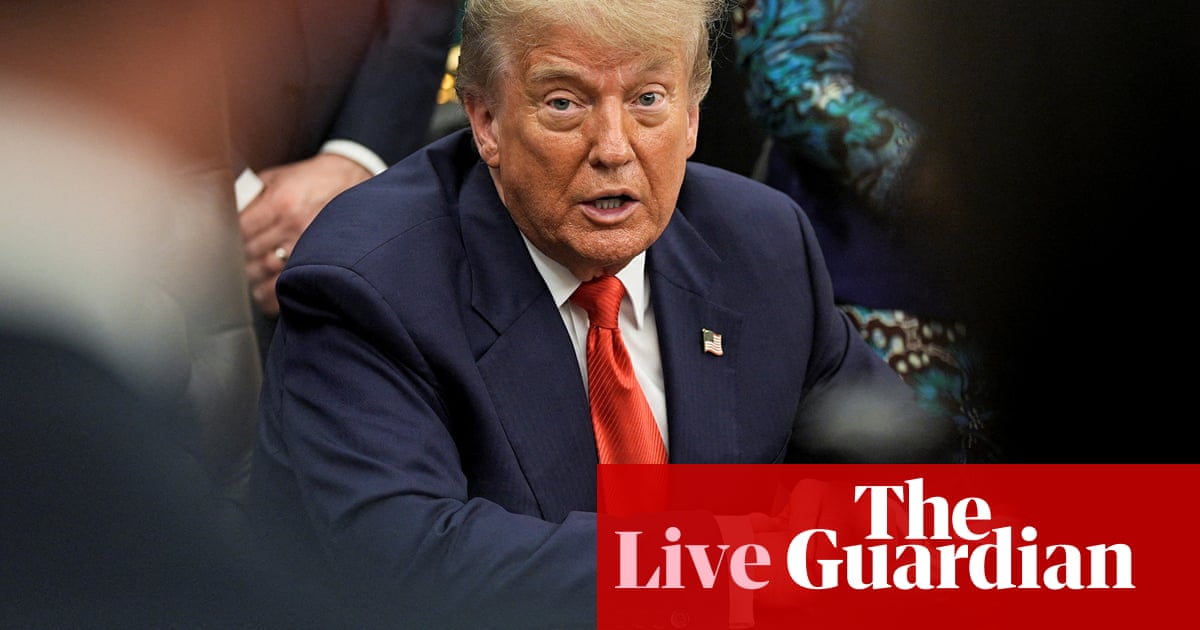Copper prices hit a record high in the US after Donald Trump announced he would impose a 50% tariff on the industrial metal, in the latest escalation in his trade war.
Trump said before a cabinet meeting on Tuesday: “Today we’re doing copper,” proposing a 50% tariff rate for imports. He also threatened to impose a 200% border tax on pharmaceuticals but in a year or year and a half’s time.
The comments added to the confusion around the president’s ever-changing tariffs after he sent letters on Monday setting rates of up to 40% for more than a dozen nations but coming into effect from 1 August rather than a previously reported 9 July date.
Hours after saying his latest deadline for a new wave of steep duties was “not 100% firm”, Trump wrote on social media that “no extensions” would be granted beyond the new deadline.
In another post on his Truth Social site last night, he also promised to released tariff details for a further seven countries on Wednesday morning, with details on more being released in the afternoon.
Copper futures in the US jumped by more than 10% to $5.682 a pound on the tariff threat overnight, hitting an all-time high. The metal has since pared back to $5.662.
Conversely, prices elsewhere in the world fell amid fears that Trump’s threatened levy could reduce American appetite for the metal and hit demand globally. On the London Metal Exchange, copper prices fell by as much as 2.4% at the open, before easing to change hands at $9,653 a tonne.
The US commerce secretary, Howard Lutnick, said in an interview with CNBC that he expected copper tariffs to be in place as soon as the end of this month, or early August.
The copper tariff is expected to push up costs across key parts of the US economy, given its widespread use across various industries. The metal is present in various products from consumer electronics to cars to datacentres, and is an important component in building renewable energy technology.
Carsten Menke, a lead researcher at Julius Baer, said the new metal levy would be inflationary domestically in the US and deflationary internationally.
after newsletter promotion
Christopher LaFemina, an analyst at the broker Jefferies, said the US did not have “nearly enough” mine, smelter or refinery capacity to be self-sufficient in copper. “As a result, import tariffs are likely to lead to continued significant price premiums in the US relative to other regions,” he said.
Trump said on Tuesday that pharmaceutical imports could also be tariffed at a rate as high as 200% within the next year, and that there were plans to introduce new levies on imported chips.
“We’re going to give people about a year, year and a half to come in, and after that they’re going to be tariffed if they have to bring the pharmaceuticals into the country at a very high rate, like 200%,” he said.
“We’re going to be announcing pharmaceuticals, chips and various couple of other things – you know, big ones.”

 5 hours ago
3
5 hours ago
3

















































